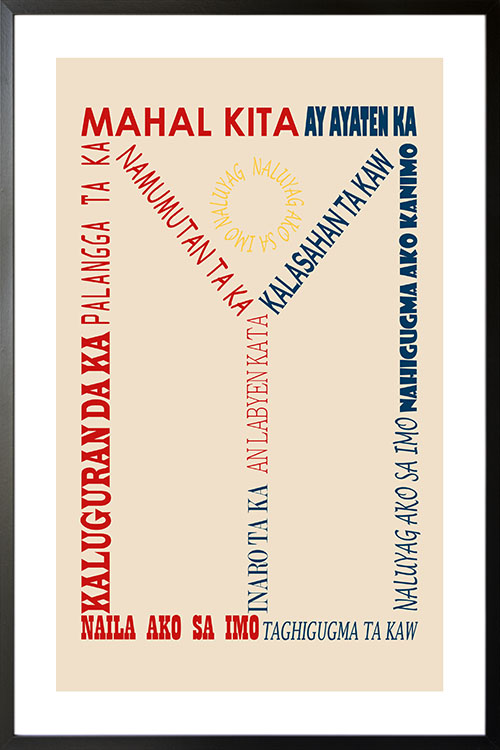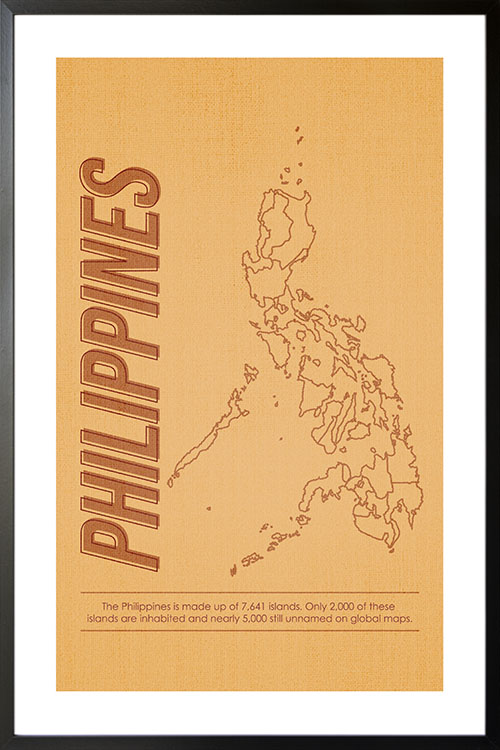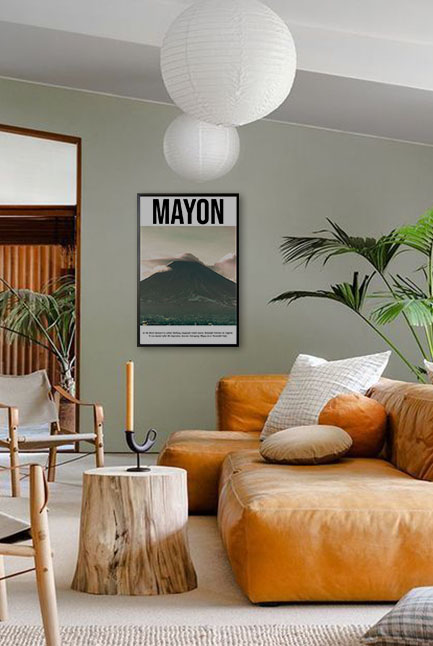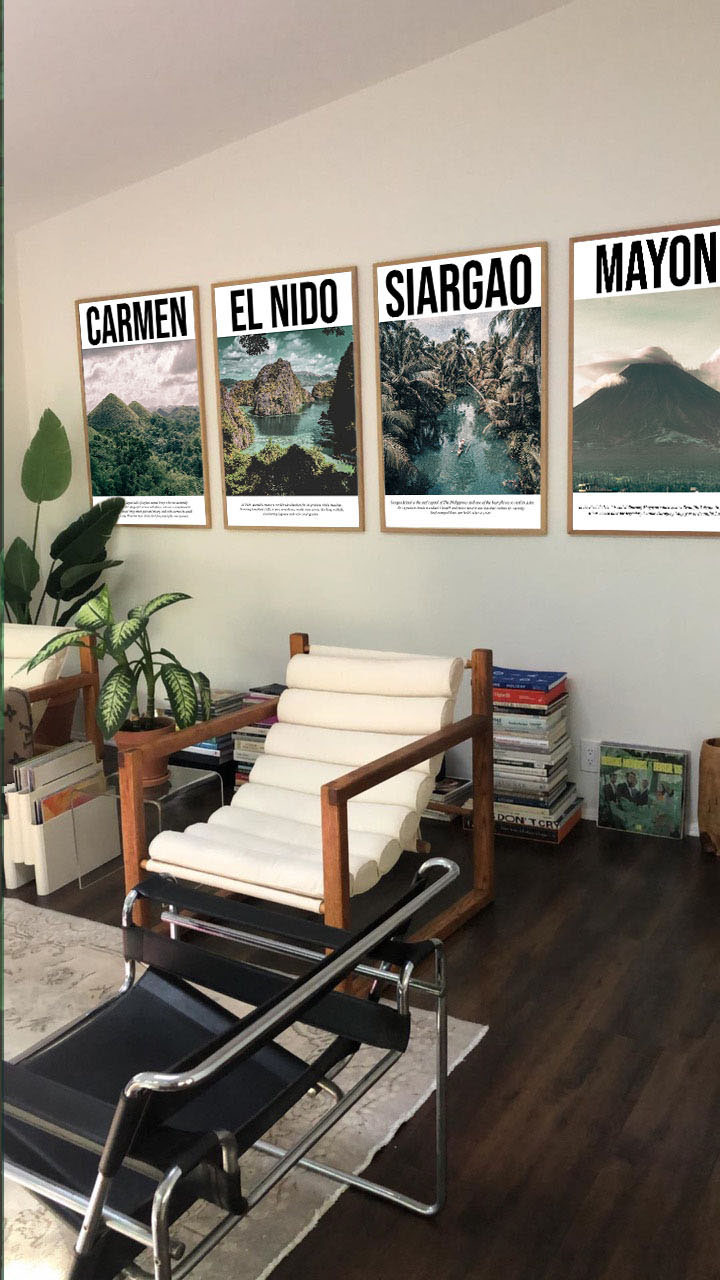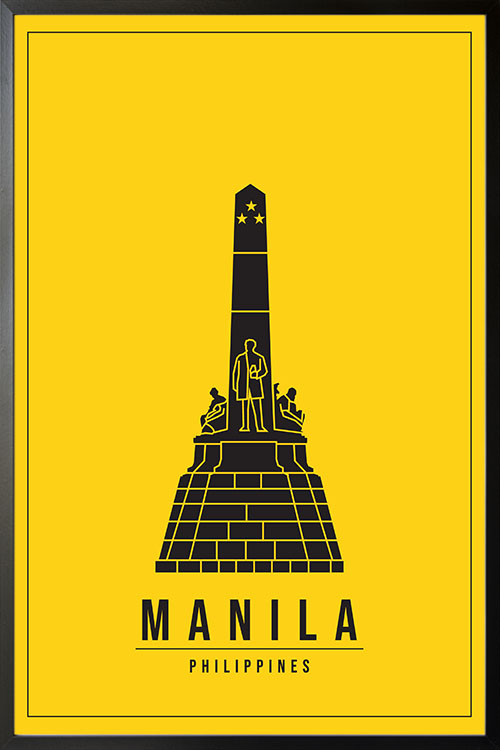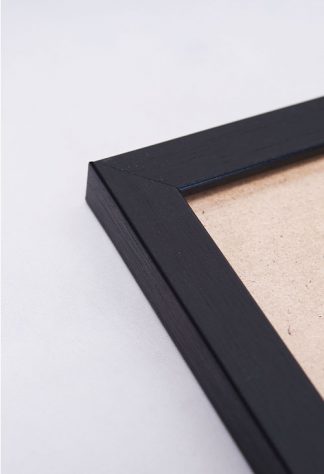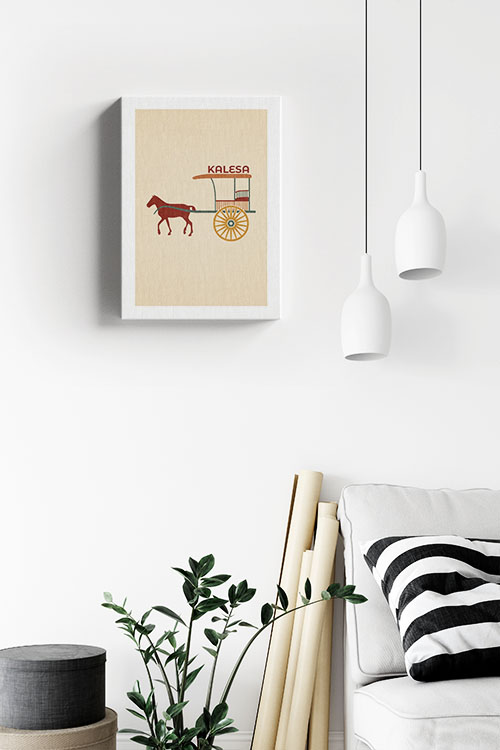
Visual art has been vital in shaping Philippine culture and identity, reflecting the country’s history, values, and aspirations. From indigenous craftsmanship to modern contemporary art, Filipino visual artists have continually used their work to document traditions, express social realities, and celebrate the nation’s diverse cultural heritage.
Preserving Indigenous Traditions
Before the arrival of foreign influences, pre-colonial Filipinos expressed their identity through various visual art forms, such as pottery, weaving, tattooing, and wood carving. The intricate okir designs of the Maranao, the detailed T’nalak weaving of the T’boli, and the symbolic tattoo patterns of the Kalinga people showcased the artistic sensibilities of early Filipinos. These artworks were not merely decorative; they held deep spiritual and cultural significance, often representing status, beliefs, and ancestral connections.
Despite centuries of colonization, indigenous visual art remains integral to Philippine identity. The unwavering efforts of cultural organizations and local artists in reviving and sustaining traditional crafts are a testament to the resilience and pride of the Filipino people. These endeavors ensure that these art forms, rich in cultural significance, are passed down to future generations, inspiring a sense of continuity and cultural pride.
Colonial Influence and the Birth of Nationalistic Art
Spanish colonization introduced Western artistic techniques and religious iconography to the Philippines. Churches, paintings, and sculptures flourished, particularly religious images and murals. However, during the late 19th century, Filipino artists began to use visual art as a tool for nationalism and social change.
One of the most notable examples is Juan Luna’s Spoliarium, a painting that symbolizes the oppression of Filipinos under Spanish rule. His contemporary, Félix Resurrección Hidalgo, also depicted themes of struggle and colonial injustice in his works. These painters and writers, like José Rizal, played a crucial role in igniting national consciousness, proving that visual art could be a powerful medium for resistance and identity formation. Their works continue to empower and enlighten us about our history and the power of art in shaping our identity.
Art as Social Commentary
Throughout Philippine history, visual art has continued to reflect societal issues. During the American and Japanese occupations and the martial law era, many artists used their works to depict the struggles and resilience of the Filipino people. Political cartoons, protest posters, and murals became platforms for dissent, challenging oppressive regimes and advocating social justice. These works not only challenge the status quo but also engage and connect us to the societal issues that shape our nation.
Filipino visual artists continue highlighting political, environmental, and cultural concerns in the contemporary era. Street art, such as the murals of Gerilya Art Collective, transforms public spaces into canvases for activism, raising awareness about indigenous rights, historical revisionism, and social inequality.
The Globalization of Filipino Visual Art
Filipino visual art has also gained international recognition, with artists like Ronald Ventura, Rodel Tapaya, and Elmer Borlongan making waves in global exhibitions. Their works, which blend traditional Filipino themes with modern techniques, showcase the country’s evolving identity in the worldwide art scene and promote cultural exchange and understanding. This global recognition of Filipino visual art contributes to a more nuanced and diverse representation of the Philippines in the international cultural landscape.
Moreover, digital art and social media have allowed Filipino artists to share their creativity worldwide. Illustrators, graphic designers, and multimedia artists use online spaces to express contemporary Filipino identity and connect with audiences across different cultures.
In a Nutshell
Visual art is deeply embedded in Philippine culture and identity, serving as a historical record and a means of self-expression. From indigenous traditions to contemporary digital art, Filipino artists continue to shape the nation’s cultural landscape, preserving its heritage while pushing the boundaries of artistic innovation. Visual art will remain crucial in defining and strengthening Filipino identity as the Philippines moves forward. It will likely play a
more significant role in shaping the country’s future cultural and social narratives.
